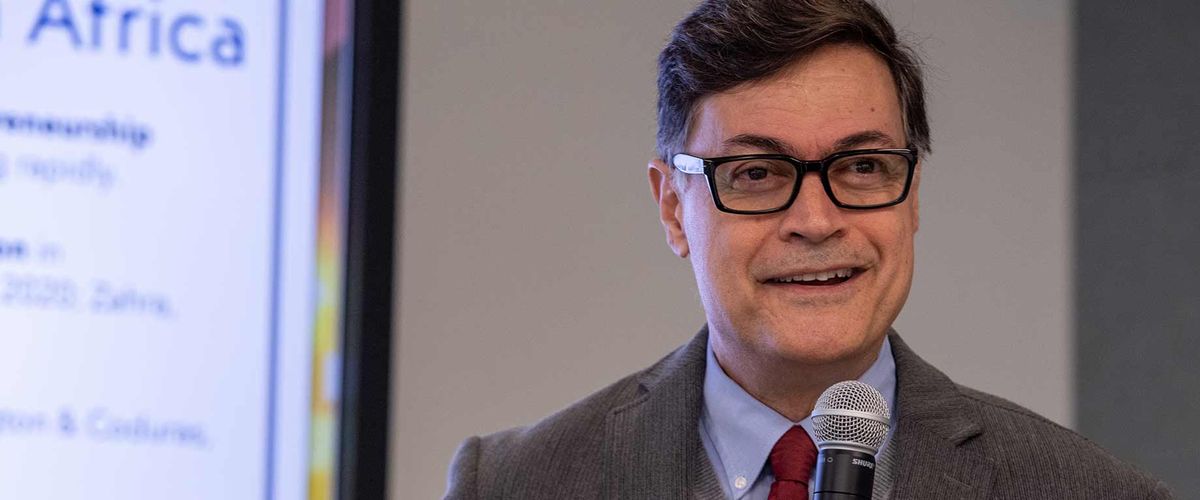MET’s Faculty Angle: In Depth on Tariffs in Trade
As students in Metropolitan College’s Global Marketing Management master’s degree program know, international trade is a complex business. Even in our globally interconnected economy, competing national interests lead to policy decisions that affect the financial markets of countries near and far. In a recent example of this, the Trump Administration has announced a series of plans to impose tariffs on goods imported from a number of foreign countries—bringing new attention to the age-old trade tool.
The Faculty Angle is MET’s new series spotlighting notable issues through the perspective of College instructors. In our latest installments, Associate Professor of the Practice Marcus Goncalves joins to discuss the intricacies of tariffs—from their history to their potential benefits and drawbacks.
In Part 1, Professor Goncalves provides a primer on tariffs and how they have worked historically, calling them “an admissions fee” to do business in a given nation that grants the payer “the privilege to participate in that market.”
As Dr. Goncalves, also the co-coordinator of the Global Marketing Management (GMM) program (along with Dr. Jennifer Lee), explains, while tariffs are widely used in importing and exporting, their tactics vary by national interest. Some nations will forgo them to operate as a bloc, others might be used to help achieve trade deals or lead to investment in regional manufacturing. In Part 2 of our case study, Goncalves explains the ways countries leverage tariffs to achieve certain economic goals.
While tariffs can be useful, particularly for developing economies, Professor Goncalves says they can also have negative consequences. “It disrupts partnerships that probably were in place,” he says. There is also the matter of rising costs for consumers, which is explored in Part 3 of our case study. “The vendor, the manufacturer, will have transfer the extra cost to the consumer [to protect their profit margin]. Companies then . . . may have to adjust the price point to ‘hide’ the tariff so their products don’t become more expensive,” he says, adding that GMM students must learn to “tell a story” about their products’ value to justify the price, despite the cost. “Maybe you have no way to make that product cheaper, so you’re going to have to convince consumers to pay a higher price for that product because it’s worth it, because of the quality or because of the trustworthiness you have behind the brand,” he says. Often, packaging may have to be changed, retaining package size while reducing the total weight or volume, and enhancing the features and attributes of the product.
Visit our YouTube page and subscribe to stay up to date on all future episodes of MET’s Faculty Angle series.
